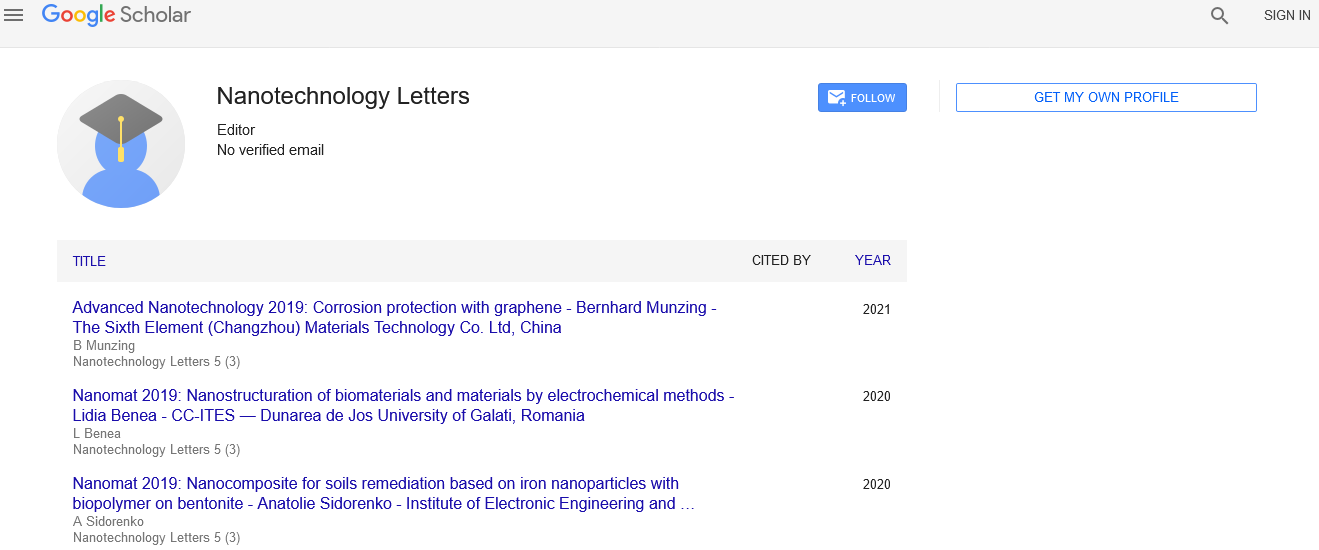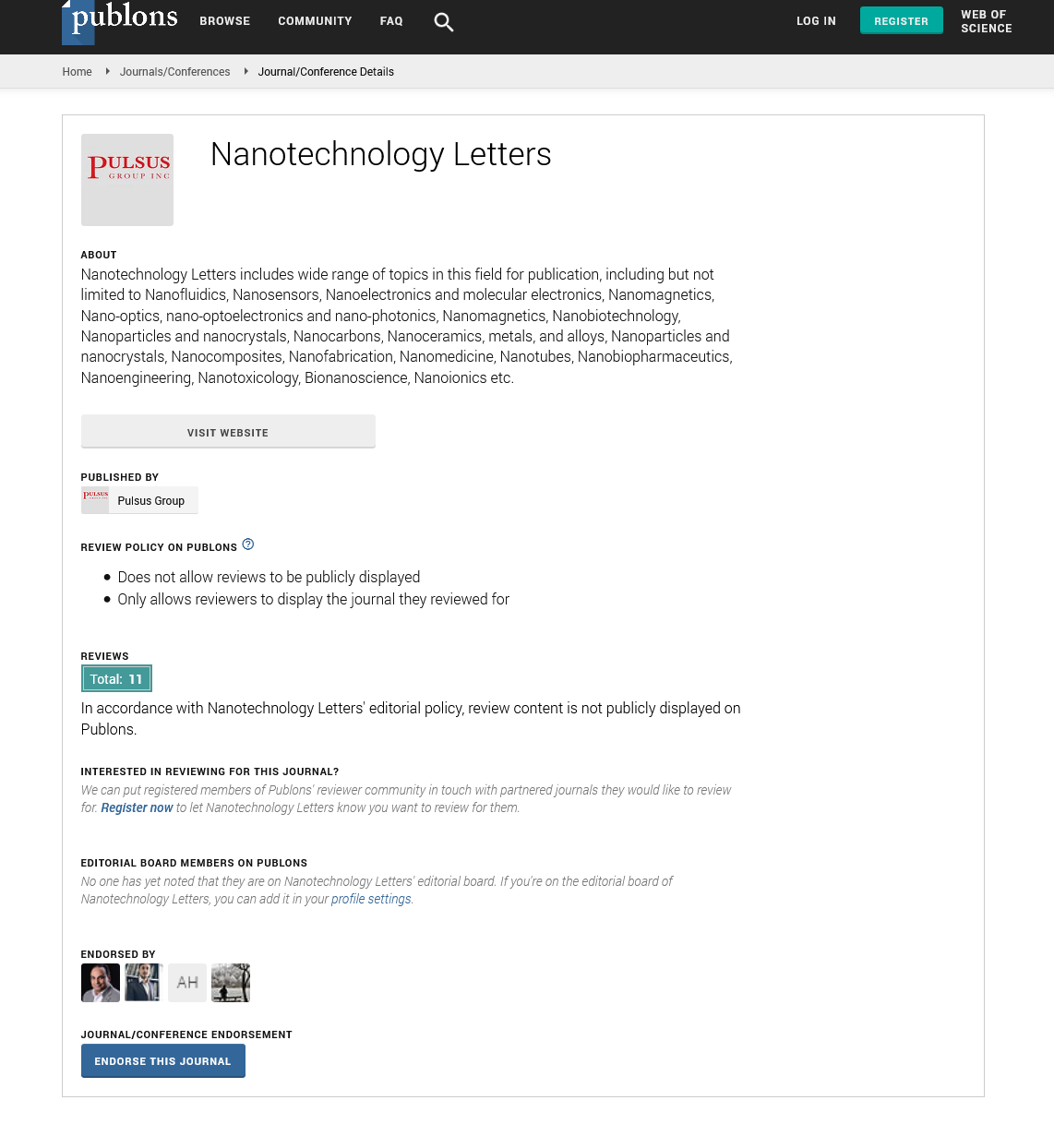
Sign up for email alert when new content gets added: Sign up
Author(s): Cevat Erisken
Despite remarkable advancement in the past decades, heart-related defects are still prone to progress irreversibly and can eventually lead to heart failure. A personalized extracellular matrix-based bioartificial heart created by allografts/xenografts emerges as an alternative as it can retain the original three-dimensional architecture combined with a preserved natural heart extracellular matrix. This study aimed at developing a procedure for decellularizing heart tissue harvested from rats and evaluating decellularization efficiency in terms of residual nuclear content and structural properties. Tissue sections showed no or little visible cell nuclei in decellularized heart, whereas the native heart showed dense cellularity. In addition, there was no significant variation in the alignment of muscle fibers upon decellularization. Furthermore, no significant difference was detected between native and decellularized hearts in terms of fiber diameter. Our findings demonstrate that fiber alignment and diameter can serve as additional parameters in the characterization of biological heart scaffolds as these provide valuable input for evaluating structural preservation of decellularized heart. The bioartificial scaffold formed here can be functionalized with patient's own material and utilized in regenerative engineering.
Heart-related defects are still prone to progress irreversibly, and can eventually lead to heart failure. A personalized extracellular matrix (ECM) based bioartificial heart created by allografts/xenografts can retain the original 3D architecture, in addition to preserved heart ECM. This study aimed at developing a procedure for decellularizing heart tissue harvested from rats, and evaluating decellularization efficiency in terms of residual nuclear content and structural properties.
A modiï¬Âed version of a previously published decellularization protocol was followed in this study.A total of 4 rat hearts (7 week-old, female Wistar Rats) were harvested, three of them were perfused as described below, and the forth served as a positive control. Briefly, rats were euthanized, and hearts were removed from the chest. A blunt needle was inserted into the ascending aorta and sutured to allow for retrograde coronary perfusion using chemical and biological agents (surfactants, acids, bases, and enzymes) combined with physical stimulation.
Removal of nuclear material (92.4%) was conï¬Ârmed by histological examination. Tissue sections showed no or little visible cell nuclei in decellularized heart, whereas the native heart showed dense cellularity.Intact structure of decellularized heart was verified by the structure of whole heart , as well as similarity between decellularized and native cardiac muscles in terms of fiber alignment. Furthermore, no significant difference was detected between native and decellularized heart in terms of fiber diameter.
Our findings demonstrate that a heart bioartificial scaffold canbe efficiently decellularized with chemical and biological agents, coupled with aortic perfusion as a physical stimulation. Technique described here could be used for other species upon necessary modifications. Previous studies commonly provided evidence for the presence of intact endocardium, myocardium and epicardium. We recommend that fiber alignment and diameter should be included in the characterization of biological heart scaffolds as these could serves as valuable tools for evaluating structural preservation of decellularized heart. The bioartificial scaffold formed here can be functionalized with patient’s own material, and utilized in regenerative engineering.
With the development of stem cell technology, the use of such cell types to generate a functional bioartificial heart has gained increasing attention in recent years. Cardiomyocytes differentiated from embryonic stem cells, inducible pluripotent stem cells (iPSCs), and human mesenchymal stem cells (MSCs) have been utilized in an effort to generate bioartificial hearts. In particular, MSCs are multipotent stem cells present in adult tissues that possess the ability to differentiate into a variety of tissues and have been applied in the treatment of heart disease. Moreover, MSCs exhibit low immunogenicity. Hence, MSCs are an ideal cell type for seeding onto scaffolds for the purpose of generating a bioartificial heart. In the present study, we isolated MSCs from rats and confirmed their pluripotency. We then used these rat MSCs together with isolated rat cardiac and endothelial cells to generate bioartificial hearts on decellularized rat heart scaffolds.
PDF






